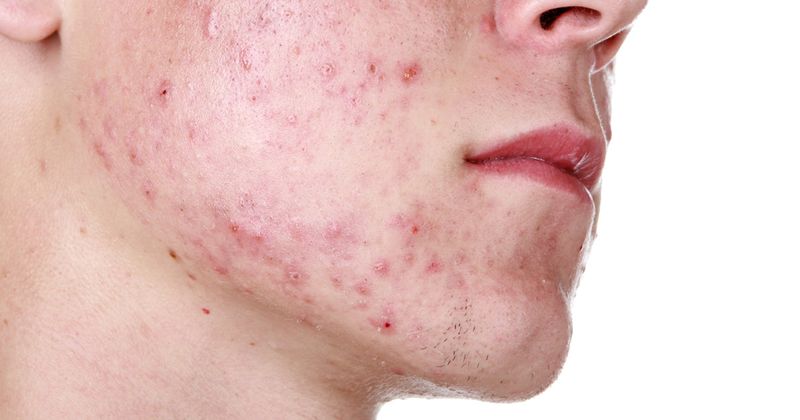Lasers emerge as ‘excellent options’ for acne treatment
Key takeaways:
- Lasers are emerging as a more integral part of acne treatment.
- The 1,726 nm and 1,064 nm lasers have proven positive treatment outcomes in mild to severe acne.
NEW ORLEANS — Advancements in laser technology have opened the door to new treatment options for acne patients, according to a presenter at the American Academy of Dermatology Annual Meeting.
Prior to recent years, lasers were not an integral part of acne treatment due to a lack of efficiency, according to Emmy M. Graber, MD, MBA, FAAD, president and founder of The Dermatology Institute of Boston and affiliate clinical instructor at Northeastern University. However, the landscape for laser treatment in acne is expanding.

“There are a lot of new lasers and devices for acne,” Graber told Healio. “I believe they are going to become a regular part of our treatment armamentarium.”
Of the up-and-coming lasers, 1,726 nm and 1,064 nm lasers have emerged as the most promising, according to Graber.
There are two 1,726 nm lasers, one FDA-cleared in April 2022 for the treatment of mild, moderate and severe acne and the other FDA-cleared in November 2022 for mild to severe acne with a CE mark for moderate inflammatory acne. Both work by selectively damaging sebaceous glands while keeping the epidermis intact with the target chromophore being the sebum.
A trial for the 1,726 nm laser cleared in April showed that of 104 patients treated with the laser, 47% achieved a 2-point or greater improvement on the IGA scale from baseline. The laser cleared in November showed similar results, with all 19 patients achieving a 77% inflammatory lesion count reduction by week 12 when treated four times, each treatment a month apart. Additionally, 88% achieved a reduction of 50% or more at 52 weeks.
One the other hand, the 650 µsecond 1,064 nm laser has also been FDA-cleared for the treatment of mild to moderate inflammatory acne and works by decreasing inflammation and damaging the sebaceous gland via bulk heating with a coagulation of the vessels.
A double-blind, randomized study of 20 subjects confirmed the superiority of the laser compared with a sham, with 42% vs. 26% showing a decrease in the number of inflammatory lesions, respectively.
“While I don’t think lasers are necessarily going to replace some of our more traditional topical medications or oral medications in the future, I think the data clearly show that they will become excellent options for patients with acne,” Graber said.








